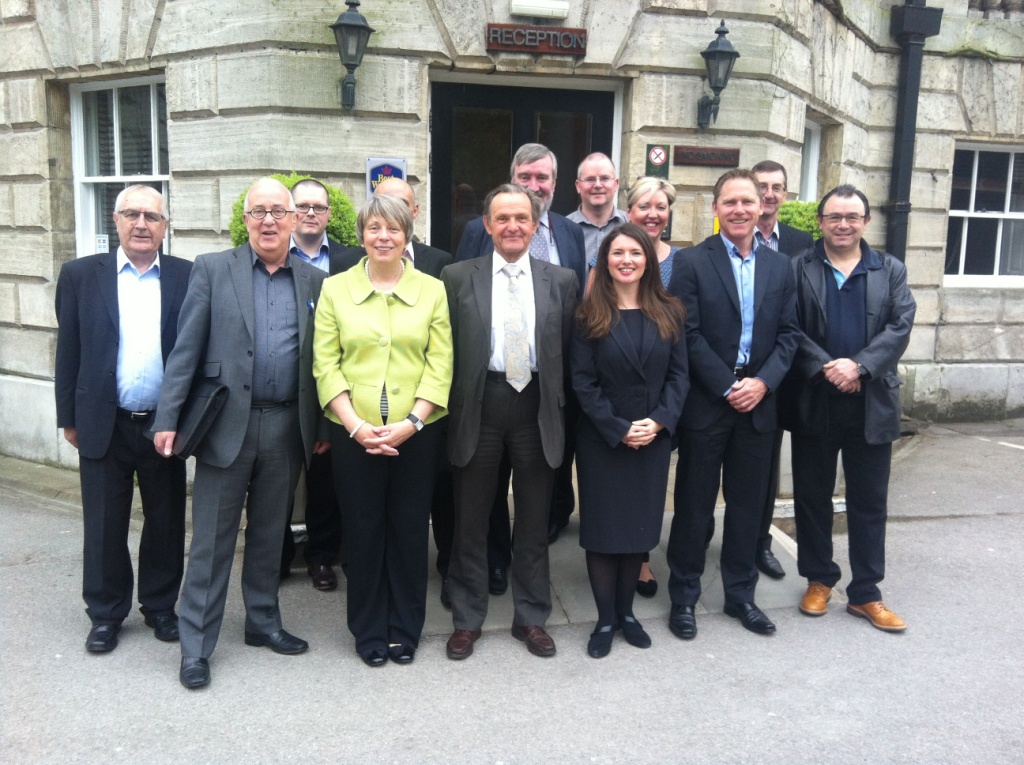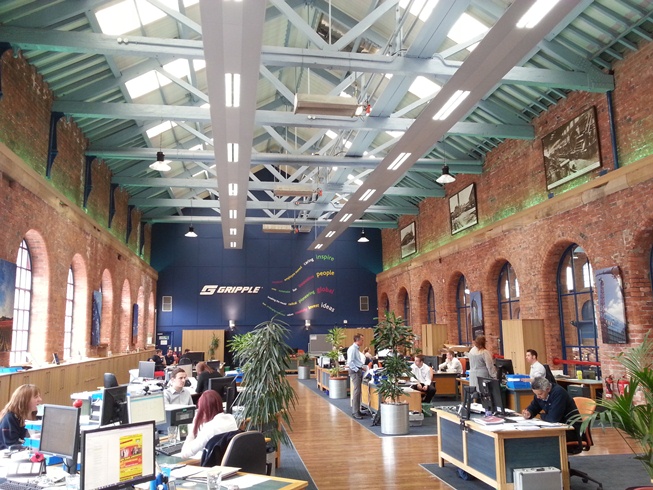Today (1 July) is EO Day (Employee Ownership Day) and with 16,000 employers in Scotland looking to transfer ownership in the next five years, we’re urging business owners to explore employee ownership as a viable succession route.
Throughout Scotland’s business community, the benefits of employee ownership (EO) as a driver for growth are becoming increasingly recognised. EO can be implemented not just as a succession solution for long-term stability, but as a catalyst for sustainable business growth.
The advantages of employee ownership have been proven in Employee Ownership Association-led research, and include improving employee health and wellbeing, increasing productivity and fostering creativity and innovation across an array of industry sectors.
By having a stake in the business, employees have a vested interest in increasing productivity and driving innovation. This sense of ownership leads to employees being more willing to contribute ideas, from developing new products to identifying new markets.
Many employee owned businesses in Scotland chose to sell to an employee ownership trust with the vendors being paid the value of their business from current and future earnings. That way business owners receive a fair price for the company and employees don’t have to dig deep into their own pockets.
Co-operative Development Scotland (CDS) can help you decide on the best model of employee ownership for your business.
One of the organisations that sought the support of CDS during its transition to employee ownership is Black Light Ltd. The company, which specialises in lighting, staging, sound and audio visual solutions, became fully employee owned just last month (June 2016) and in this blog for Scottish Enterprise, its founder Gavin Stewart explains the process and his experiences.
Gavin also kindly gave up his time today to join us in a live, interactive webinar to discuss Black Light’s journey to EO. If you missed the out on this the full recording will soon be available on the Scottish Enterprise website.
Today, another employee owned Scottish business is also celebrating success. Computer Application Services (CAS) has achieved the silver ‘Investors in People’ award in recognition of its excellent team engagement and management practice. Ken Naismith, CAS chief executive, believes this success is down to its talented and motivated workforce who are highly engaged in the business thanks to its EO model. You can read more about this fantastic accolade on the CAS website.
The number of employee-owned firms based in Scotland has doubled in the past six years and this growth is forecast to accelerate. Currently there are 78 employee-owned businesses operating in Scotland, with approximately 6,500 employees and a combined turnover of around £900million.
Our aspiration is to achieve a tenfold increase in employee ownership in Scotland over a ten year period.
If you would like more information about employee ownership and how it could potentially benefit your business, please do get in touch and our expert advisers will be happy to chat with you.


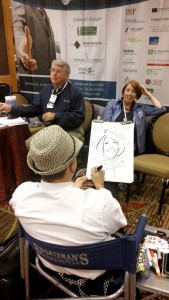
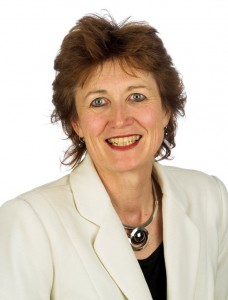 2014 has been a busy year for
2014 has been a busy year for 
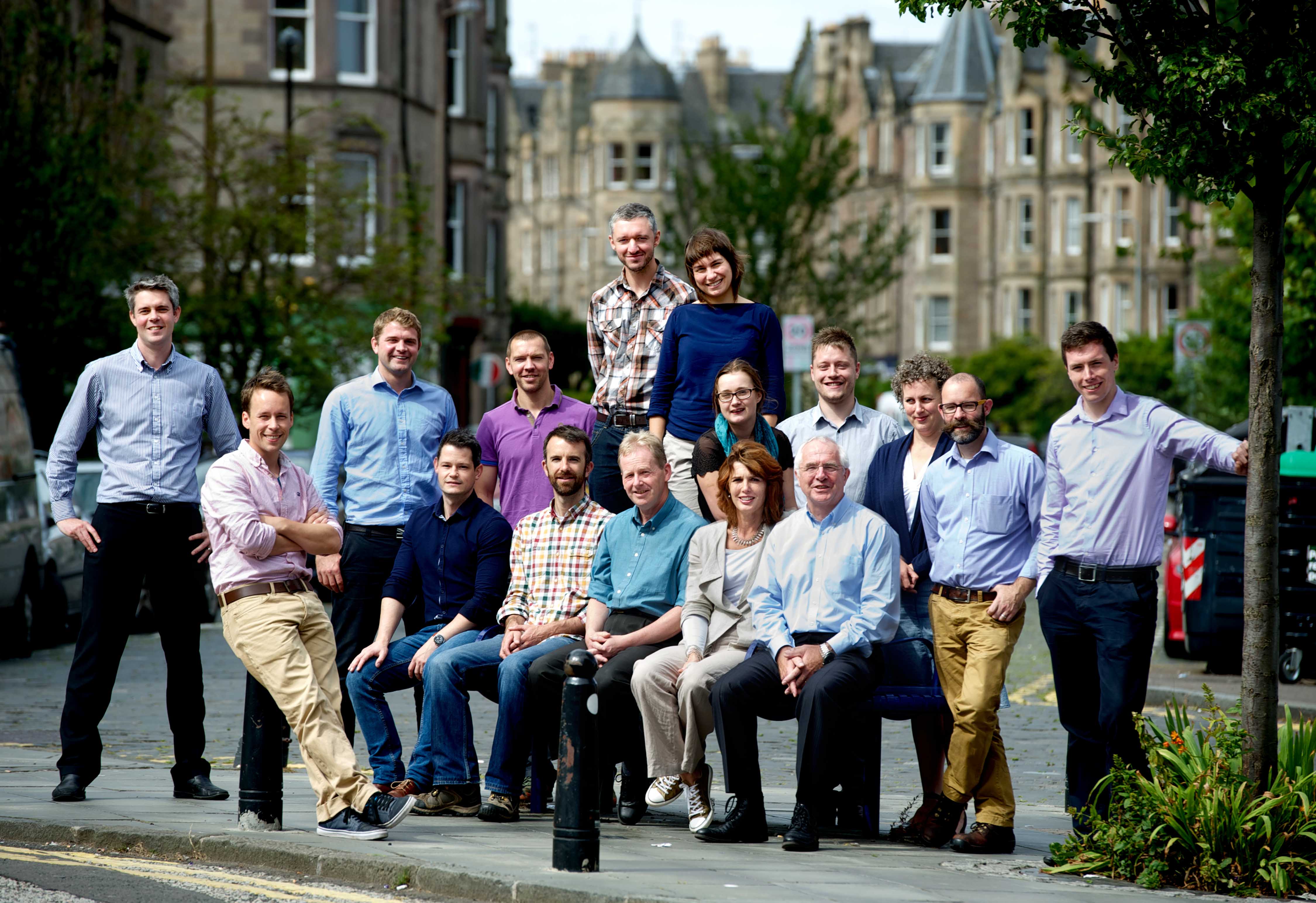
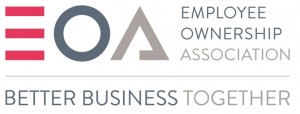 Iain Hasdell, chief executive of the EOA,
Iain Hasdell, chief executive of the EOA,  This week marked the inaugural meeting of the Employee Ownership Association Network Scotland, with representatives of employee-owned businesses discussing how they can work together.
This week marked the inaugural meeting of the Employee Ownership Association Network Scotland, with representatives of employee-owned businesses discussing how they can work together.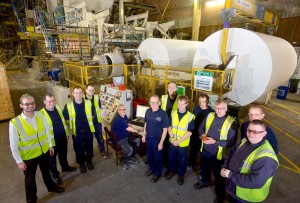
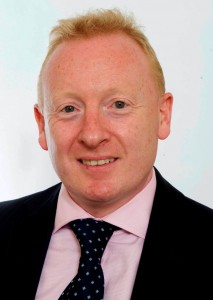 Co-operative Development Scotland recently took a delegation of employee-owned businesses and advisors to the Employee Ownership Association’s Annual Conference 2013 in Birmingham.
Co-operative Development Scotland recently took a delegation of employee-owned businesses and advisors to the Employee Ownership Association’s Annual Conference 2013 in Birmingham. 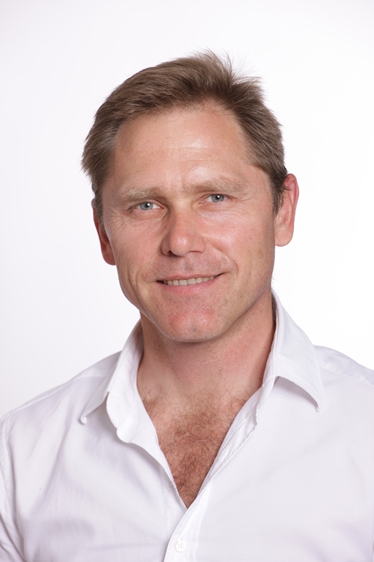 Sheffield is a hive of employee owned organisations and the place to embark on a learning journey to see what makes these places really tick.
Sheffield is a hive of employee owned organisations and the place to embark on a learning journey to see what makes these places really tick. 